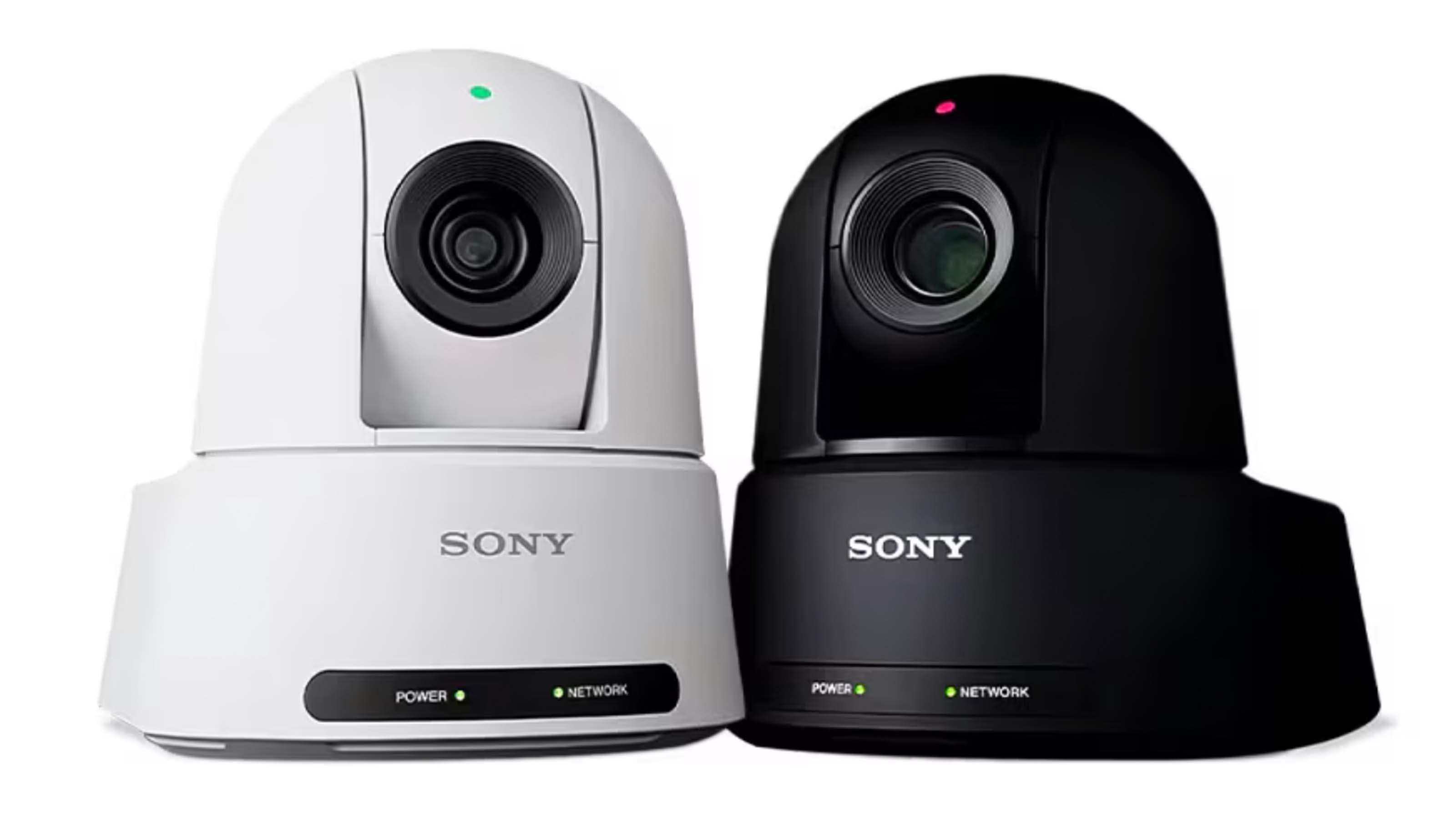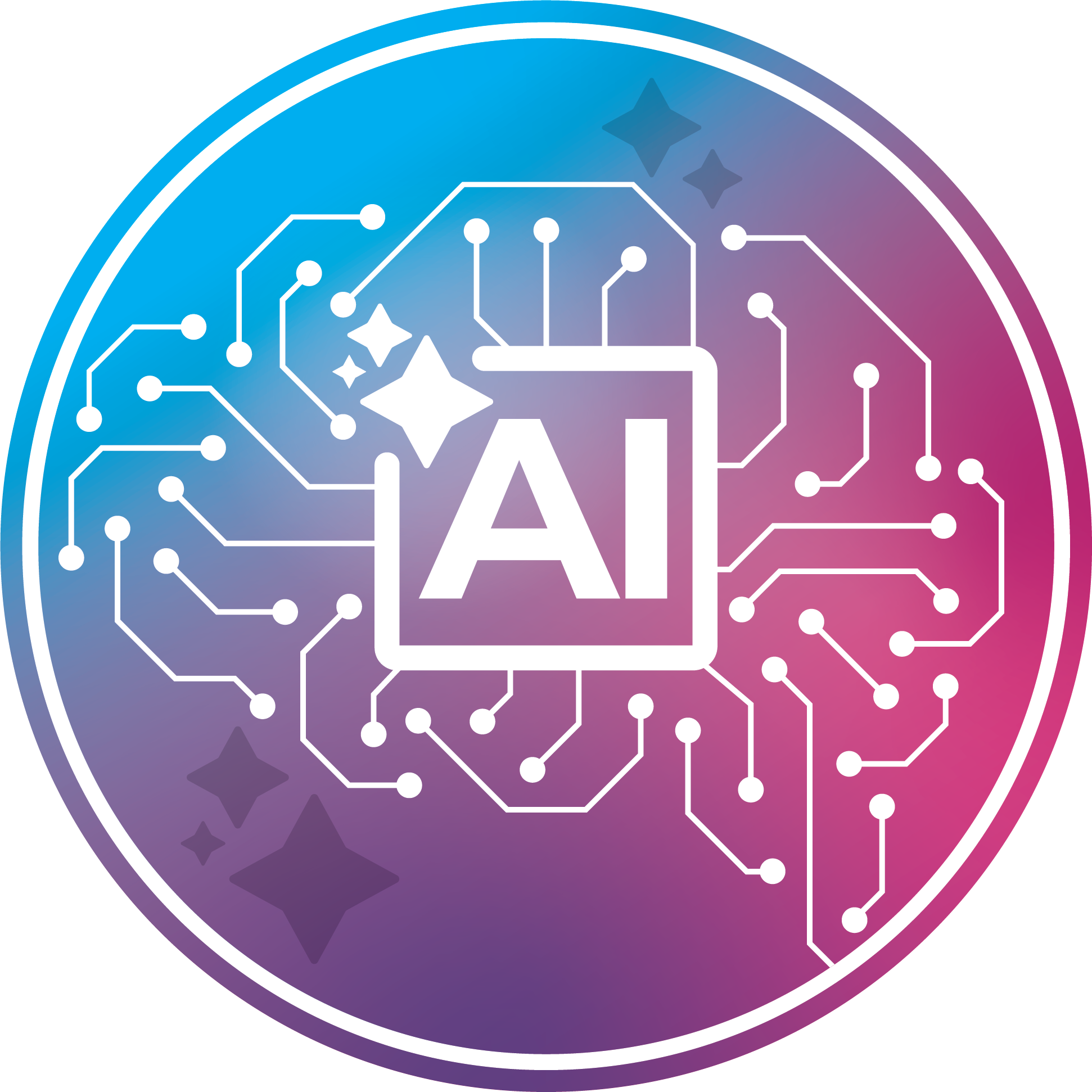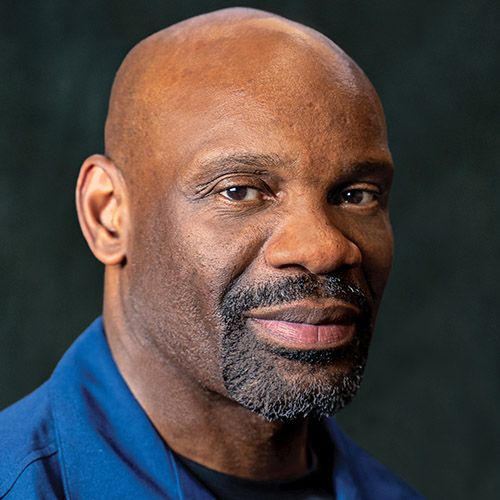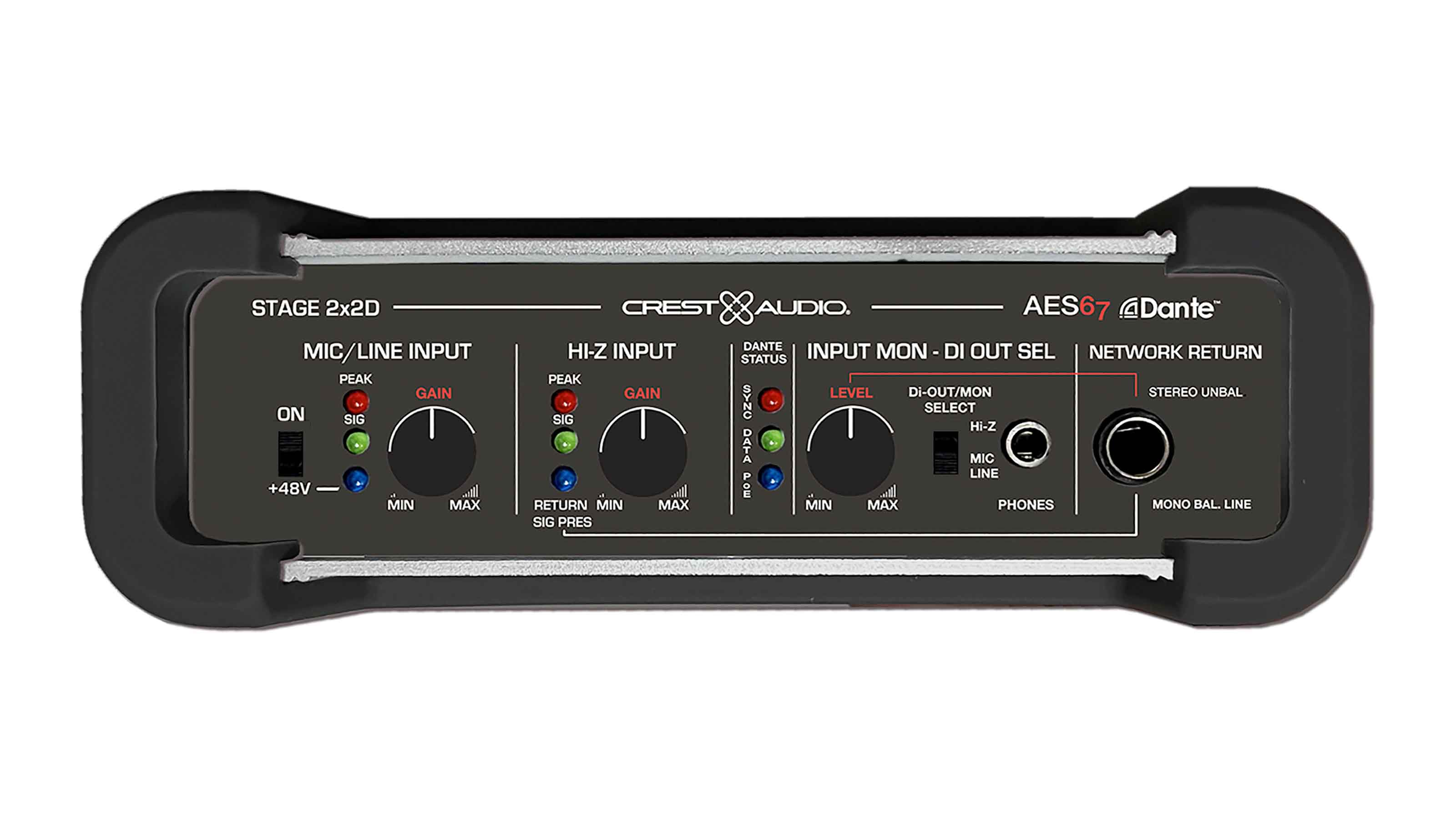AI and Live Events
When it comes to streamlining workflows, what's the new reality?


After years of speculation, the initial fear surrounding artificial intelligence (AI) and machine learning has largely subsided. Today, Pro AV professionals are actively exploring how to harness AI to streamline production and distribution. Yet, with so many options in GenAI, the process isn’t simple—and despite heavy promotion, the technology remains in its early stages for the video production industry.
Commonly used to create text, images, music, and video from existing data patterns, GenAI clearly holds promise. Still, experts acknowledge that AI is currently in the “hype” phase.
At the recent AV/IT Summit in New York City (presented by SCN and AV Technology), a panel of experts concluded that while AI is sparking excitement, many professionals are still figuring out which tools to use and how to apply them. This uncertainty has already led to the creation of new AI specialist roles within Pro AV companies to help guide adoption.
One panel participant, Bill Bennett, product design and solutions manager at ENCO Systems, leans toward optimism for the future. His company specializes in real-time, AI-powered translation and transcription. At the event, ENCO demonstrated its enCaption Sierra product, a live system that runs entirely on-premise, avoiding cloud costs and connectivity issues, while instantly displaying captions during the summit.
According to Bennett, customers increasingly want automated, on-prem systems but also demand instant multilingual translations for global audiences. Instead of human captioners, AI can now deliver faster, more accurate transcripts, and many clients have already integrated such solutions.
Regardless of whether you believe the hype, AI is poised to transform Pro AV by automating tasks that were once manual and inconsistent. Real-time transcription, multilingual translation, intelligent camera tracking, audio enhancement, and predictive analytics are just a few areas where AI is making an impact.
Across the industry, experimentation is accelerating. There’s a growing sense across the industry that those who fail to adopt AI risk losing their competitive edge.
A daily selection of the top stories for AV integrators, resellers and consultants. Sign up below.
Expert Perspectives
AI-Media’s latest solution, LEXI Voice, translates live speech into multiple languages and delivers natural-sounding voice output in real time—expanding accessibility and audience reach. Powered by speech recognition, translation, and voice synthesis models, LEXI Voice enables attendees at live events or viewers of live streams to hear content in their own language, instantly and cost-effectively.
Russ Newton of AI-Media emphasized that while many companies are embracing AI, true impact comes from integrating it at the core of workflows. “Some are simply layering AI tools on top of legacy workflows, missing the opportunity to truly reimagine processes for speed, scalability, and cost efficiency,” he explained. “The best approach is to integrate AI at the core of your workflow, especially for repetitive, accuracy-critical functions such as captioning, translation, and voice synthesis. This is where AI delivers the greatest impact and return on investment."




Systems integrator CTI is also adopting AI for efficiency and transformation. Dave Hatz, VP of machine intelligence, explained that the company uses AI not only for design automation and invoice accuracy but also for employee support via chatbots. For him, success depends less on the technology itself and more on aligning AI projects with business value, working closely with stakeholders, and deploying securely.
“From the leadership level down, we are adopting AI for both incremental efficiency gains as well as exploring transformational changes to how our teams work,” Hatz said. "I lead our DevOps team, and while we started with the 'let's try ChatGPT and Copilot' phase like everyone else, we've moved well past that. We have dedicated AI developers and a structured approach that takes projects from idea through R&D, pilot, and into production quickly and effectively. From there, we quickly learn, refine, and expand the solutions with a focus on delivering true business impact.”
Today, CTI is actively using AI in its daily operations to spec and manage system integration projects. “Our design consultants and engineers use AI-generated scope of work documents integrated directly into our D365 CRM system,” Hatz said. The company is also piloting an AI system that helps their finance team catch errors on invoices before sending them to customers, errors that would otherwise delay payment from the customers.
“The key insight we've learned is that the AI technology isn't the hard part," Hatz offered. "Success depends much more on ensuring you are aligned to delivering true business value, developing solutions with business stakeholders and not just for them, and deploying in a secure and scalable manner."
AI-Assisted Auto Tracking
Meanwhile, Sony is embedding AI into robotic PTZ cameras and professional displays. Features like auto-tracking, intelligent framing, brightness adjustment, and predictive maintenance improve efficiency and personalization. Sony’s latest firmware updates for its 4K/HD PTZ cameras expand intelligent automation even further, with tools like subject framing, fixed angles, and natural composition adjustments.
“AI is being integrated across a range of AV products to enhance performance and user experience,” said Karim Springer, lead sales support engineer, professional display solutions, Sony Electronics. “In PTZ cameras, it's powering automated shooting with advanced auto focus, auto tracking, and auto framing for seamless, efficient operation. In professional displays, AI enables content personalization, environmental adjustments like ambient light adaptation, and predictive maintenance, among other smart capabilities.”
Last year, Sony showed how its deep learning technology enables precise subject tracking, maintaining consistent framing even when faces are partially obscured. This year, it unveiled the version 3.0 firmware update for its SRG-A40 and SRG-A12 PTZ cameras. Features include “Tracking Range,” which provides auto-framing of a defined area to avoid unintended subjects, “Fixed Angle Position” for pausing and holding a predefined view for consistent framing, and “Lead Room Effect,” which adjusts composition naturally to provide space in the direction of the subject’s gaze.
Looking Ahead
Despite progress, challenges remain. Ethical concerns about bias and job displacement persist, while accuracy and reliability are critical in broadcast and Pro AV work. Costs of implementation and the constant influx of new platforms also pose hurdles. Plus, the real challenge might be the need for employees with specific knowledge of the various AI platforms (with new ones appearing virtually every week) and what they can do.
That said, experts agree that AI will soon play a larger role in live production. From automated camera switching and captioning to audience sentiment analysis and real-time translation, AI promises to make events more global, inclusive, and cost effective. Some predict AI will handle much of the technical execution, freeing human teams to focus on creative storytelling and audience engagement.
Newton expects live event production to be AI-orchestrated, with speech, video, text, and metadata flowing seamlessly across platforms and devices in real time. “Expect AI to take on more live functions, from camera automation and audience sentiment analysis to adaptive captioning and localized voice translation," he said. "At AI-Media, we see this as an opportunity to not only reduce costs and improve workflows, but to transform live events into truly global, inclusive experiences accessible to all."
“I think we're heading toward a fundamental shift in what's possible creatively in live event video production,” said Hatz. “The pattern I see across AI implementation is that it handles the technical execution, freeing humans to focus on the creative vision and storytelling."
Producing high-quality live events today requires teams of specialists, such as camera operators, TDs, graphic designers, and audio engineers. While that expertise will always be valuable, Hatz believes AI is going to democratize access to professional-level production capabilities.
“Imagine a live event where AI handles real-time camera switching based on the content and energy of the presentation, automatically generates graphics and lower-thirds, optimizes audio levels, and even creates social media clips in real-time,” he offered. “The humans can focus entirely on the creative storytelling—what shots tell the story best, what moments deserve emphasis, how to craft the overall narrative experience. The future isn't fewer creative people involved in live events, it's creative people being able to focus entirely on creativity rather than being limited by technical execution constraints.”
Michael Grotticelli has spent the last 35 years covering the professional video technology in various editorial capacities with such publications as Videography (managing editor), TV Technology (news editor), Television Broadcast (editor), Digital TV (editor), Broadcasting & Cable (technology editor), and Broadcast Engineering (contributing editor). His personal memoir, The Bond, is now available on Amazon.

